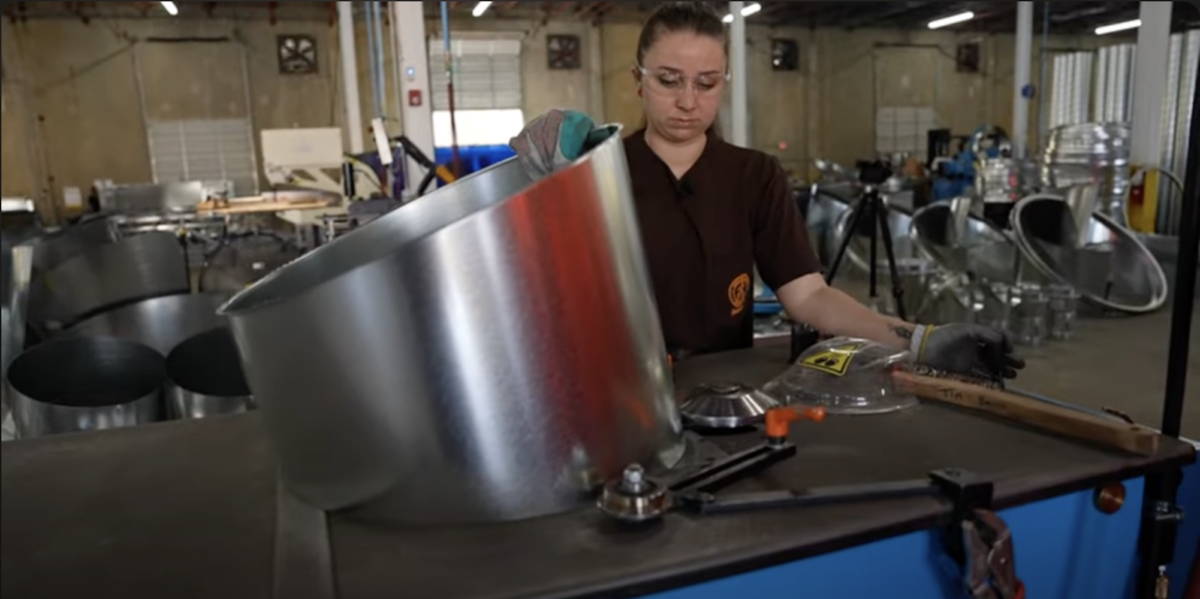With less than twelve years to develop and scale a carbon-free electricity sector, stakeholders continue to deploy solar and storage technologies to help reach 2035 targets. However, building this infrastructure will require a dramatic increase in skilled labor. According to the Department of Energy (DOE), one of the most effective ways to generate such a workforce is through registered apprenticeship (RA) programs.
RA’s allow individuals to receive training while working. As their skills increase, so does their pay, and employees receive a nationally recognized and industry-valued credential to signify program completion.
The DOE states that RA programs will likely increase in the coming years due to the Inflation Reduction Act’s (IRA) clean energy tax incentives. Organizations can receive an increase in credits or deductions of up to 5 times when applicable projects adhere to registered apprenticeships and prevailing wage standards. This may push companies to prioritize hiring registered apprentices for construction, renovation or maintenance work.
The Interstate Renewable Energy Council states that 85,858 people worked clean storage jobs in 2022, with 85% of those employed in battery storage. Moreover, there were approximately 432,000 individuals who held positions in solar energy or clean storage last year. According to the Solar Energy Industries Association (SEIA), we’ll need to double that figure to ensure that solar makes up 30% of domestic electricity generation by 2030. “The solar and storage industries will need 800,000 new workers for a total workforce of more than 1 million.”
Disparities within the workforce must also be addressed, particularly ensuring equitable access to leadership roles regardless of race or gender. According to SEIA’s U.S. Solar Industry Diversity Study 2019, Men are more likely to hold positions at the Manager, Director and President (MDP) level than women, “37% of men hold MDP-level positions and only 28% of women do,” the study reports. According to SEIA, these findings have stayed the same since its last diversity study published in 2017. The organization is currently conducting a 2023 study.
SEIA’s U.S. Solar Industry Diversity Study 2019 also found a 26% gender wage gap, with 37% of men making between $31 and 74% per hour compared to only 28% of women.
“The median wage reported for men was $29.19, and for women, it was only $21.62,” the study reports.
This was even though women exhibited higher value than their male counterparts in networking to advance their careers.
“Over half of women indicate that professional connections and networking are vital to their successful career navigation, while only 30% of men consider their connections and networking opportunities vital,” the study reports.
When comparing wages by race, findings suggest further disparities as 39% of Hispanic or Latino participants made between $31 to $74 per hour compared to 50% of Black or African American participants and 36% of white participants who reported making the same wage.
Moreover, Hispanic or Latino participants were more likely to hold MDP-level positions than non-Hispanic participants. Black or African-American participants were slightly less likely to have MDP-level positions than their white counterparts. However, white individuals held 88% of executive-level MDP positions, and 80% of those participants were white men.
The DOE states that RA programs will play an important role in building a large and diverse clean energy workforce. This is because they provide more women and non-white individuals with a viable approach to becoming an apprentice, completing the program and securing a quality career in the clean energy industry.
“I go to school every Monday and Tuesday night, it’s very welcoming. They’re guiding me and teaching me all I need to know,” says Amber Jones, a sheet metal apprentice at SMART Union. “Now I can pay my bills and feed my kids.”
This content is protected by copyright and may not be reused. If you want to cooperate with us and would like to reuse some of our content, please contact: editors@pv-magazine.com.








By submitting this form you agree to pv magazine using your data for the purposes of publishing your comment.
Your personal data will only be disclosed or otherwise transmitted to third parties for the purposes of spam filtering or if this is necessary for technical maintenance of the website. Any other transfer to third parties will not take place unless this is justified on the basis of applicable data protection regulations or if pv magazine is legally obliged to do so.
You may revoke this consent at any time with effect for the future, in which case your personal data will be deleted immediately. Otherwise, your data will be deleted if pv magazine has processed your request or the purpose of data storage is fulfilled.
Further information on data privacy can be found in our Data Protection Policy.